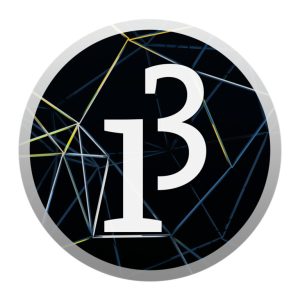
Introduction to Processing
 Primary - Secondary
Primary - Secondary
Learn how to use Processing, a “flexible software sketchbook”. Discover how to code visuals and the basics of what is needed in a game.


Learn how to use Processing, a “flexible software sketchbook”. Discover how to code visuals and the basics of what is needed in a game.
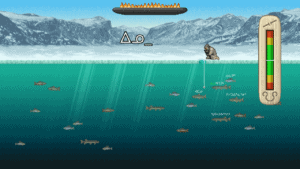
Have fun and improve your typing skills by playing Iqalliarluk – ᐃᖃᓪᓕᐊᕐᓗᒃ, a new game developed by Ilitaqsiniq – Nunavut Literacy Council and Pinnguaq!

This learning program is divided into two courses: Introduction to Google Workspace and Advanced Google Workspace. The first course is intended to provide learners with practical training on how to use Google Workspace. This introductory course will serve as a step-by-step guide to using the basic functions of Google tools and help you integrate them … Continued
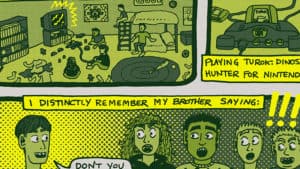
Cole Pauls explores the importance of Indigenous representation in video games through a personal story he wrote and illustrated.

Serious games are games whose primary purpose is education and training as opposed to entertainment. They take advantage of the ability of computer games to attract and engage players/learners for a specific purpose, such as to develop new knowledge or skills.

Serious games are games whose primary purpose is education and training as opposed to entertainment. They take advantage of the ability of computer games to attract and engage players/learners for a specific purpose such as to develop new knowledge or skills.

Serious games are games whose primary purpose is education and training as opposed to entertainment. They take advantage of the ability of computer games to attract and engage players/learners for a specific purpose, such as to develop new knowledge or skills.

Serious games are games whose primary purpose is education and training as opposed to entertainment. They take advantage of the ability of computer games to attract and engage players/learners for a specific purpose such as to develop new knowledge or skills.

This course introduces the basics of video streaming online. We will work through the fundamentals of getting your video, both live and pre-recorded, to reach your audience through various social media platforms.
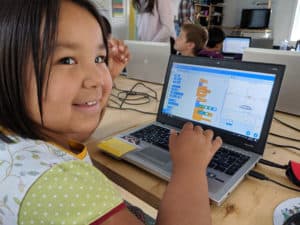
In this course, the basics of Scratch will be introduced to provide learners with the foundational skills required to begin creating in Scratch. Scratch is a basic coding language that uses a ‘building block’ style coding to create animated stories, interactive games, simulations, and beautiful artwork.
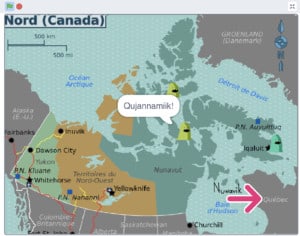
Learn how to make your own game with the Scratch Mix and Match Cards. Accept the challenge and make a game or story with the cards for this challenge!

See what Pinnguaq is offering for online learning at home for the week of June 22nd to 26th.

In this series, the basics of Scratch will be introduced to provide learners with the foundational skills required to begin creating in Scratch.
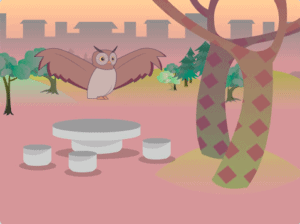
In this series, the basics of Scratch will be introduced to provide learners with the foundational skills required to begin creating in Scratch.

In this series, the basics of Scratch will be introduced to provide learners with the foundational skills required to begin creating in Scratch.
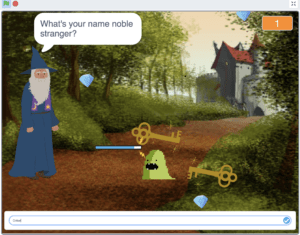
Scratch Mix and Match Cards Challenge #4. Accept the challenge and learn how to make a Choose your own Adventure game or story! Making your own games in Scratch is a fun way to learn how to code!
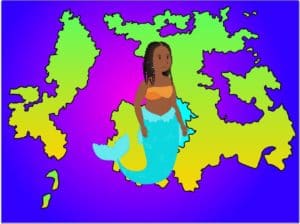
How to make your own custom map for game development in Scratch using Inkscape.
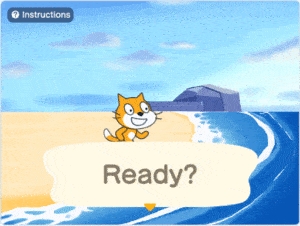
In this tutorial, you will learn about how conditional statements and a counter variable can be used to create a bouncing arrow animation in Scratch.
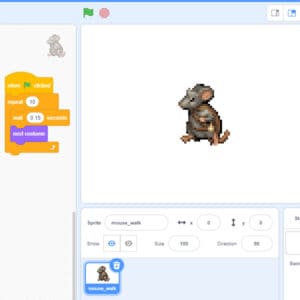
Create a basic four-frame walk cycle for a 32×32 character sprite from start to finish, then import that sprite into Scratch. A time-compressed video example of the process helps to illustrate the process.

See what Pinnguaq is offering for online learning at home for the week of June 15th to 29th.
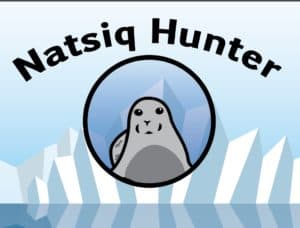
In this tutorial Natsiq Hunter, participants will learn to use if/else statements to make a simple click game.
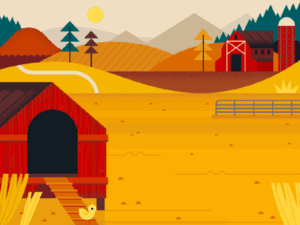
In this series, the basics of Scratch will be introduced to provide learners with the foundational skills required to begin creating in Scratch.